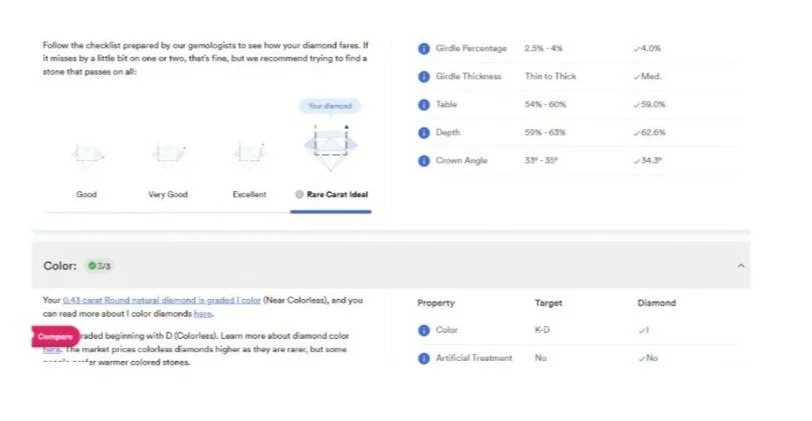Factors Linking Roofing Decisions to Investment Property Success
When investing in property, many factors demand consideration, with roofing decisions being critical to the success of the venture. The roof serves as the property’s primary line of defense against the elements, impacting energy efficiency, curb appeal, and long-term maintenance costs. In the competitive real estate market, ensuring that your roofing choices align with your investment goals can mean the difference between profit and loss. Understanding the nuances of roofing materials, installation processes, and ongoing maintenance can greatly influence the financial return on investment (ROI) for rental properties and flips alike.
Understanding Roofing Materials
The material of the roof can dramatically affect its lifespan, durability, and even performance. Common roofing materials include asphalt shingles, metal, tiles, and slate, each providing distinct advantages and disadvantages. Asphalt shingles, for example, are cost-effective and widely used, but they typically make for a shorter lifespan, around 20 to 30 years. In contrast, metal roofs can last up to 50 years or more with the right maintenance.
Deciding between cost and longevity is important. Using high-quality materials may present a higher initial investment, but can save significant amounts on repairs, thus improving long-term profitability. Another aspect to consider is energy efficiency. Certain roofing materials reflect sunlight, helping to regulate indoor temperatures and reduce energy bills. Cool roofs made with reflective materials can lower heating expenses during colder months while keeping properties temperature-controlled during the summer. Consulting experts on various materials can provide insight into which choices offer the best ROI based on the specific geographic area and climate challenges
Installation and Maintenance Standards
Proper installation is just as vital as the roofing materials selected. An experienced and reputable contractor can ensure that the roof is properly installed according to the manufacturer's specifications and local building codes, as suggested by pros for Home Evolution in Utica, NY. Subpar installations can lead to leaks and other issues, ultimately costing property owners more in repairs and reducing profitability. Be sure to research contractors thoroughly, check their references, and look for reviews from previous clients. Remember, a good investment in a quality installation can provide peace of mind and lower long-term costs.
Roof maintenance remains equally important for investment properties. Regular inspections and upkeep can catch any minor issues before they escalate into costly repairs. Clearing debris, replacing damaged shingles, and inspecting flashings can extend the roof’s lifespan and ensure the property remains in top shape. By developing a maintenance regime, property owners can optimize their investments and avoid sudden unexpected expenditures.
Impact on Curb Appeal and Property Value
Curb appeal plays a crucial role in attracting potential tenants or buyers, making the roofing choice significant beyond just functionality. An appealing roof can enhance the aesthetics of a property, contributing positively to its perceived value. Properties with well-maintained roofs tend to have higher market values and can be rented or sold more quickly. In contrast, a dilapidated or outdated roof can deter interest and reduce the investment return. Studies suggest that roofing can increase property value by as much as 15%, further emphasizing the need for careful decision-making in this area.
Neighborhood aesthetics often dictate roofing trends. Engaging with local real estate agents can provide valuable insights into what styles and colors are trending in specific areas, including the attractive designs of businesses, which have a reputation for delivering high-quality roofing solutions that meet modern specifications. A modern, upgraded roof can draw positive attention in competitive markets, while mismatched or outdated styles may result in lower demand.
The Role of Weather and Location
Geographical location heavily influences roofing decisions. Areas prone to severe weather conditions, such as snow, hail, or heavy rain,s require specific roofing materials designed for those environments. Properties in hurricane-prone areas may benefit from fortified roofs designed to withstand high winds, while homes in snowy regions might need roofs that prevent excessive snow accumulation. The right roofing choice safeguards properties against environmental challenges while influencing energy consumption and costs.
Understanding local building codes and regulations is vital when choosing roofing materials and making installation decisions. Compliance with these codes ensures the property contributes to the long-term sustainability of the investment. Collaborating with local contractors familiar with your area’s regulations can help streamline this process, ensuring that your roofing decisions align with local standards while optimizing your ROI.
Return on Investment Analysis
Choosing the right roofing material and professional installation is a strategic investment in an investment property, significantly influencing both income potential and long-term value. Analyzing the ROI on roofing decisions involves considering various factors, such as market value increase, reduced maintenance costs, and energy savings. Reports indicate that property owners can recoup approximately 70% of their investment on a new roof in added value, which is substantial when maximizing the property’s profitability. Investing in sustainable roofing options, such as solar panels or green roofs, can set a property apart from the competition, providing additional energy savings and attracting eco-conscious renters or buyers.
As the market shifts towards sustainability, embracing these options may contribute to superior long-term returns and draw more attention from prospective tenants, making that initial investment even more worthwhile. Reflecting on the various aspects that link roofing decisions to property investment success, property owners can approach their decisions with confidence and clarity. Understanding materials, installation, local conditions, and their impact on market perceptions equips investors to select the most effective strategies that enhance both the allure and value of their properties.

















